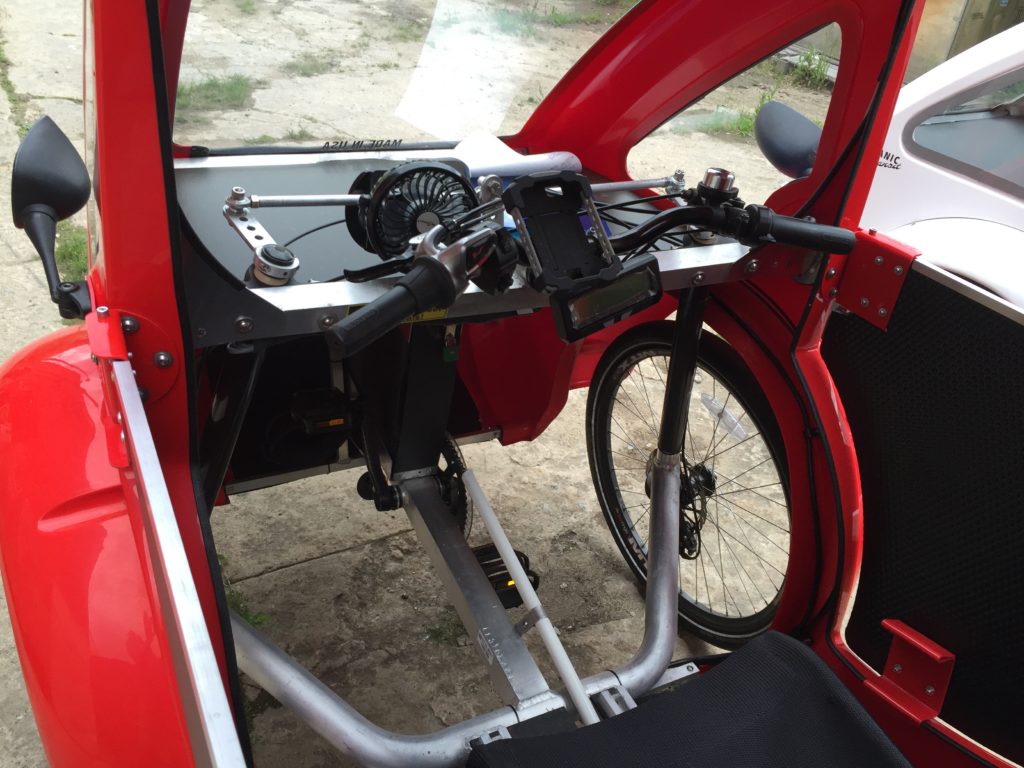Sustainable Fleet Management

Introducing your Fleet Director to sustainable best practices can be politically tricky. Sustainability Directors with low mayoral support often find that meeting local government sustainability goals can take longer when no internal performance metrics are associated with these goals and applied across departments. Department directors are familiar with choosing operating and capital options that represent cost savings, but not necessarily with making choices that also consider environmental and community health. These basic steps outline how to approach your Fleet Director, and develop a mutually beneficial relationship:
- Do Fleet Director Recon. In the absence of internal sustainability mandates to all departments from the mayor, the culture of your Fleet department will determine your strategy for approaching them. What motivates this person? Is it positive press, mayoral recognition, being revered by staff, leading trade associations, or gathering awards?(http://www.the100bestfleets.com/gf_about.htm ) Talk to a trusted peer who knows this person, and pick their brains. Then, if it feels appropriate, take the Fleet Director out to lunch and just spend some time getting to know them – and letting them get to know you. Look for some common ground. Maybe you both like football, have kids, or have a similar work obstacle you can commiserate about. Get outside your comfort zone on this one a little bit, because hitting it off (or at least establishing mutual respect) is important. Here’s a site that can help you understand what Fleet Directors think about and do. (http://www.government-fleet.com/article/story/2014/06/words-of-wisdom.aspx )
- Make a Strong Case. And make it in this person’s language. Use what motivates them as as your starting angle. For instance: an idling policy (http://challengeforsustainability.org/toolkit/transportation/idling-policy/) can give a Fleet Director face time with Council and the Mayor and show that they consider the impacts of their operations from a community perspective. Putting well-considered fuel efficiency measures into a budget proposal can be a win with the Finance director during the competitive capital and operating budget process. Here’s a starting list of options a Fleet Director can consider, for you to pick and chose from when crafting your approach. http://mediarepository.net/tk/50ways/50Ways_GreenYourFleet.pdf
- Put in the Time – Go ahead and do the research needed put attractive example fleet policies at their fingertips. In the absence of any real authority, being helpful in general with information, and regularly checking in is critical. If you know your Fleet Director has a relationship (or rivalry) with another community, search there first for fleet actions you wish were in your community. Green Fleet policies and templates abound (http://www.garfieldcleanenergy.org/trans-fleets-policies.html ), so gather and take the best parts of them, rather than inventing your own.
- Work with your Director to Pick and Choose. Just because it’s “green” doesn’t mean it’s good. Cracking the transportation nut is as much about listening and understanding other viewpoints as it is about getting your own across. If your Fleet Director had a bad experience with biofuels, table that option for a time when a new director is appointed. If they like the idea of using electric vehicles, then start with the charging station conversation.
- Start with Low Hanging Fruit. There is no shame in starting at the beginning, no matter what your community GHG advocates say. It’s logical. So, it’s OK to have conversations about regular maintenance procedures (tire pressure, etc.) and offer up low or no-cost solutions in the beginning of your work with Fleet. (http://www.government-fleet.com/article/story/2011/06/low-cost-or-no-cost-green-fleet-strategies.aspx )
BOTTOM LINE:
Listen more than you talk. Hear what keeps your Fleet Director up at night, and make it your job to present them with logical solutions that not only meet their needs and motivations, but can also serve as a sustainability gateway – so you can go back to soling problems no one else is paying attention to, and know that good things will continue to happen in Fleet.